We put the Huawei P60 Pro through our rigorous DXOMARK Audio test suite to measure its performance both at recording sound using its built-in microphones, and at playing audio back through its speakers.
In this review, we will break down how it fared in a variety of tests and several common use cases.
Overview
Key audio specifications include:
- Two speakers (Top left, bottom right)
- No jack audio output
- Huawei Histen technology
Scoring
Sub-scores and attributes included in the calculations of the global score.
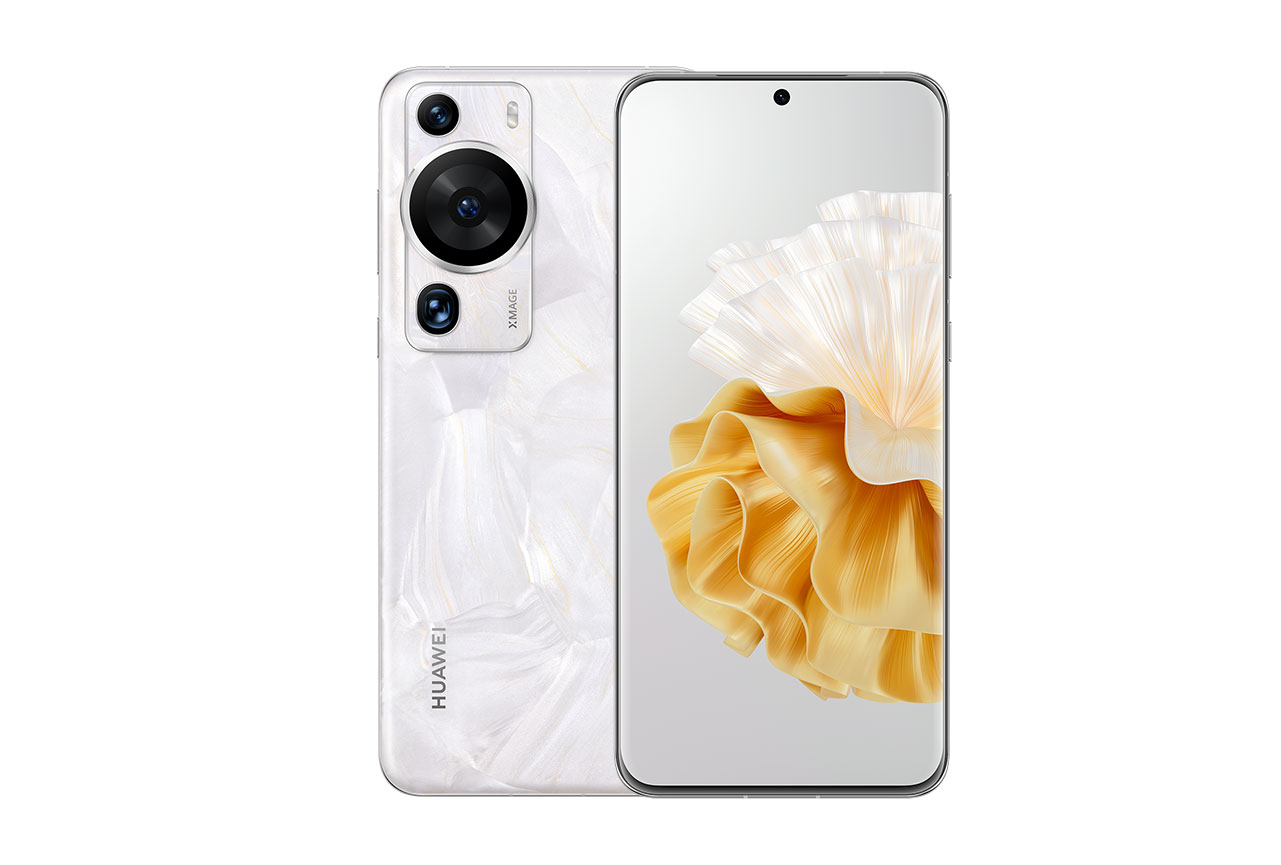
Huawei P60 Pro


 18th
18th 13th
13thPlayback
Pros
- Good tonal balance
- Good dynamics performance, accurate attack and powerful punch
Cons
- Bass distortion
- Compression at maximum volume
- Fairly limited wideness
Recording
Cons
- Muffled timbre with main camera app
- Localizability is a bit underwhelming in Home use cases.
- Device is pretty sensitive to finger noises and mic occlusions.
The Huawei P60 Pro delivered a solid performance in our DXOMARK Audio tests for both playback and recording. As a playback device, the Huawei performed best when listening to music but also did well in our gaming and movie-watching use cases. Recording quality was best with the front camera, with the main camera and memo apps results were slightly lower.
Tonal balance in playback was satisfying, and dynamics performance was very good in playback and recording. Recordings at high sound pressure levels, for example electronic music concerts, were generally free of excessive distortion and pumping. However, the P60 Pro also showed some obvious flaws that could have been easily fixed with better tuning, such as bass distortion in playback, and inconsistent treble in recordings.
Test summary
About DXOMARK Audio tests: For scoring and analysis in our smartphone audio reviews, DXOMARK engineers perform a variety of objective tests and undertake more than 20 hours of perceptual evaluation under controlled lab conditions.
(For more details about our Playback protocol, click here; for more details about our Recording protocol, click here.)
The following section gathers key elements of our exhaustive tests and analyses performed in DXOMARK laboratories. Detailed performance evaluations under the form of reports are available upon request. Do not hesitate to contact us.
Playback
Huawei P60 Pro
163
DXOMARK engineers test playback through the smartphone speakers, whose performance is evaluated in our labs and in real-life conditions, using default apps and settings.
As a playback device, the Huawei P60 Pro delivered a solid performance, with a good timbre and dynamics performance. The tonal balance offered nice treble, natural midrange and good bass rendition. In terms of dynamics performance, our experts observed snappy attack, decent bass precision and a powerful punch. The wideness of the projected sound scene was only average for this class of device, and the stereo balance did not appear to be perfectly even. On the plus side, the Huawei’s sound featured good depth rendition and individual sound sources in the scene could be located precisely and easily.
Loudness at maximum volume was good, and the lowest volume setting was loud enough to hear soft volume passages in highly dynamic content, such as classical music. But measurements showed the volume step distribution to be inconsistent. Unwanted audio artifacts were overall well under control, but our experts noticed some bass distortion across all volume levels, as well as some compression at maximum volume. Both effects were not too intrusive. Our testers found the right speaker to be easily occluded when holding the device, but the impact on timbre and volume was negligible.
Listen to the tested smartphone’s playback performance in this comparison with some of its competitors:

Timbre
Huawei P60 Pro
158
The Timbre score represents how well a phone reproduces sound across the audible tonal range and takes into account bass, midrange, treble, tonal balance, and volume dependency. It is the most important attribute for playback.

Dynamics
Huawei P60 Pro
149
The Dynamics score measures the accuracy of changes in the energy level of sound sources, for example how precisely a bass note is reproduced or the impact sound from drums.
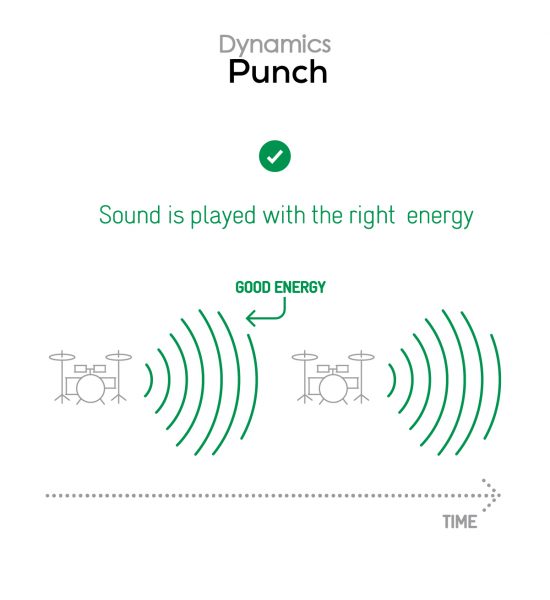


Spatial
Huawei P60 Pro
162
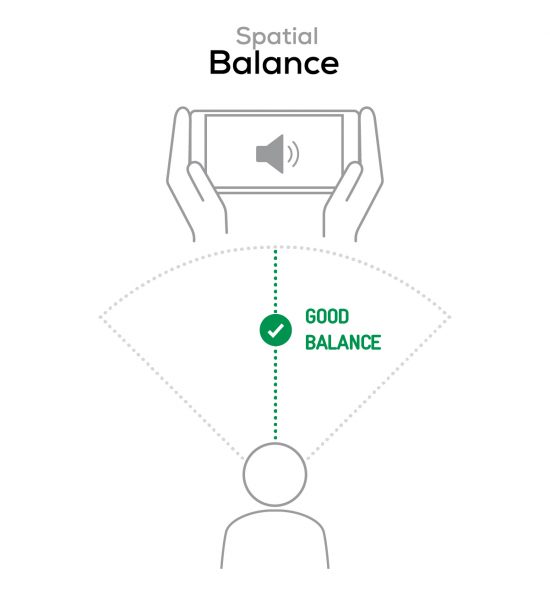
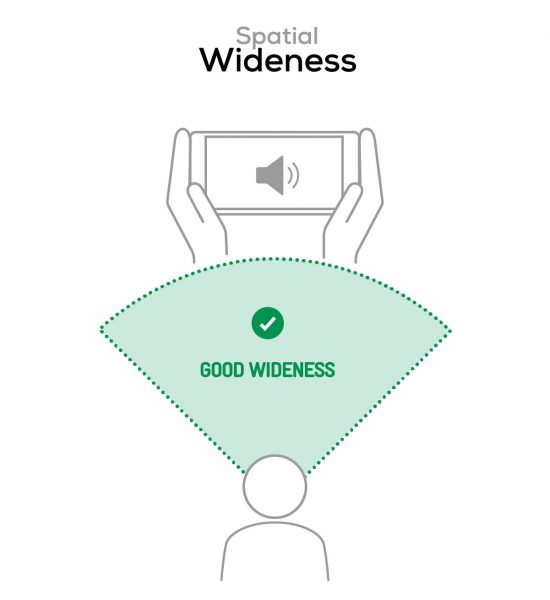

Volume
Huawei P60 Pro
162
The Volume score represents the overall loudness of a smartphone and how smoothly volume increases and decreases based on user input.
| Hip-Hop | Classical | |
| Huawei P60 Pro | 71.9 dBA | 69.4 dBA |
| Honor Magic5 Pro | 69.5 dBA | 66.4 dBA |
| Samsung Galaxy S23 Ultra | 74.8 dBA | 71.8 dBA |

Artifacts
Huawei P60 Pro
157
The Artifacts score measures the extent to which the sound is affected by various types of distortion. The higher the score, the less the disturbances in the sound are noticeable. Distortion can occur because of sound processing in the device and because of the quality of the speakers.
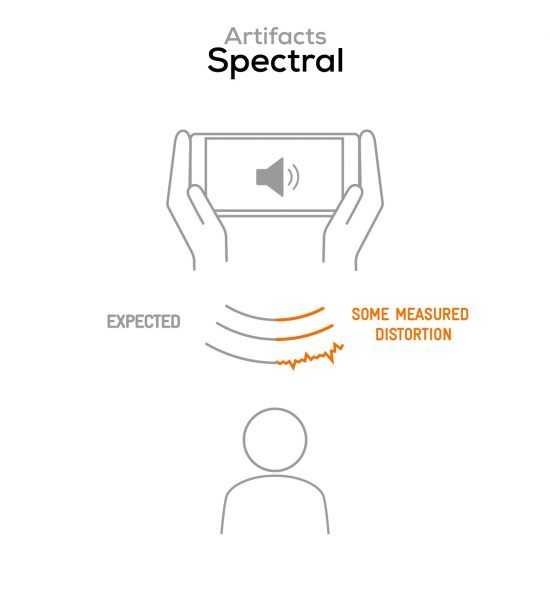
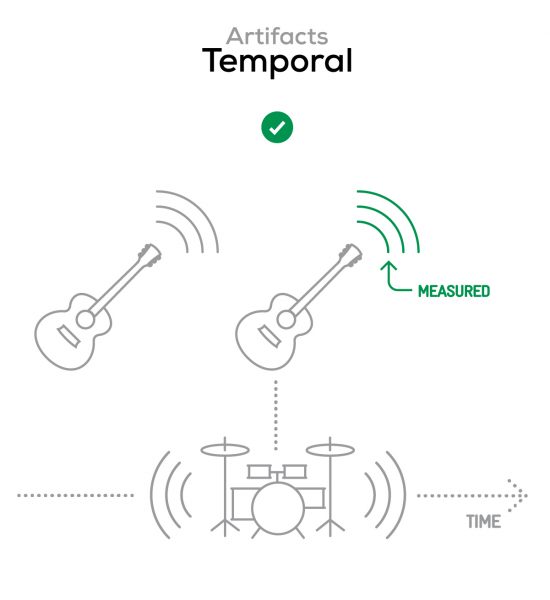
It represents the distortion and noise of the device playing our test signal (0 dB Fs, Sweep Sine in an anechoic box at 40 cm) at the device's maximum volume.
Recording
Huawei P60 Pro
160
DXOMARK engineers test recording by evaluating the recorded files on reference audio equipment. Those recordings are done in our labs and in real-life conditions, using default apps and settings.
In recording, our testers found the timbre performance to be average, with a muffled tonal balance when using the main camera app. Treble was lackluster, midrange was fine across all test use cases, and bass benefited from good low-end extension but sounded excessively boomy when recording loud concerts. Dynamics performance was overall good but not too consistent across use cases. Envelope was accurate and realistic when recording loud concerts, but a severe lack of treble when recording with the main camera app meant that plosives could sound quite weak. Signal-to-noise ratio was pretty good across all applications.
The Huawei did well in the spatial category, with decent wideness of the recorded sound scene and correct distance rendition. Localizability of individual sound sources was fine in general, but when recording with the main and selfie cameras the position of voices in the scene had a tendency to be blurry. Loudness of recordings was correct, and unwanted audio was well under control, with no distortion and compression, even at high sound pressure levels as you would encounter them at electronic music concerts and similar events. The device was quite prone to finger noises and occlusions of the microphones. Background tonal balance was pleasant and unintrusive across most use cases, but sounded strongly muffled in main camera recordings. In addition, the background was free of artifacts.
Here is how the Huawei P60 Pro performs in recording use cases compared to its competitors:

Timbre
Huawei P60 Pro
147
The Timbre score represents how well a phone captures sounds across the audible tonal range and takes into account bass, midrange, treble, and tonal balance. It is the most important attribute for recording.

Dynamics
Huawei P60 Pro
146
The Dynamics score measures the accuracy of changes in the energy level of sound sources, for example how precisely a voice's plosives (the p's, t's and k's, for example) are reproduced. The score also considers the Signal-to-Noise Ratio (SNR), for example how loud the main voice is compared to the background noise.

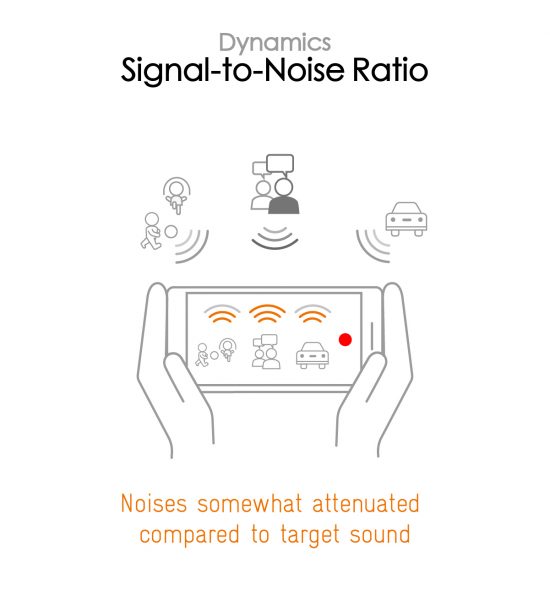

Spatial
Huawei P60 Pro
159
The sub-attributes for spatial tests include pinpointing a specific sound's location, its positional balance, distance, and wideness on the recorded audio files.



Volume
Huawei P60 Pro
170
The Volume score represents how loud audio is normalized on the recorded files and the how the device handles loud environments, such as electronic concerts, when recording.
| Meeting | Life Video | Selfie Video | Memo | |
| Huawei P60 Pro | -24.5 LUFS | -19.4 LUFS | -18.9 LUFS | -20.2 LUFS |
| Honor Magic5 Pro | -23.9 LUFS | -20.3 LUFS | -19.4 LUFS | -19.5 LUFS |
| Samsung Galaxy S23 Ultra | -26.5 LUFS | -21.8 LUFS | -22.4 LUFS | -21.6 LUFS |
The Artifacts score measures the extent to which the recorded sounds are affected by various types of distortions. The higher the score, the less the disturbances in the sound are noticeable. Distortions can occur because of sound processing in the device and the quality of the microphones, as well as user handling, such as how the phone is held.
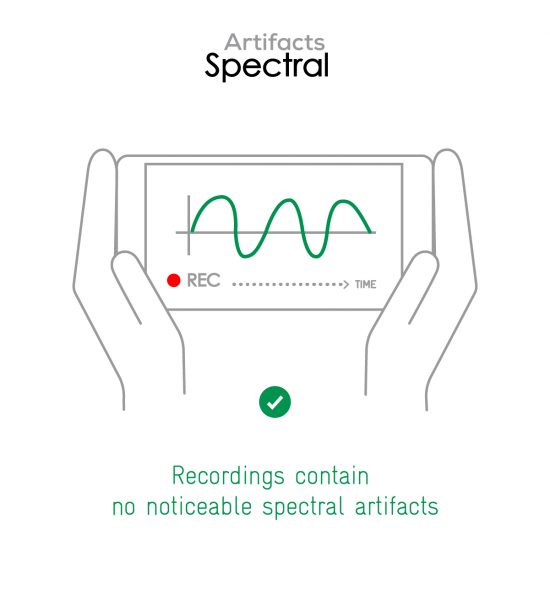
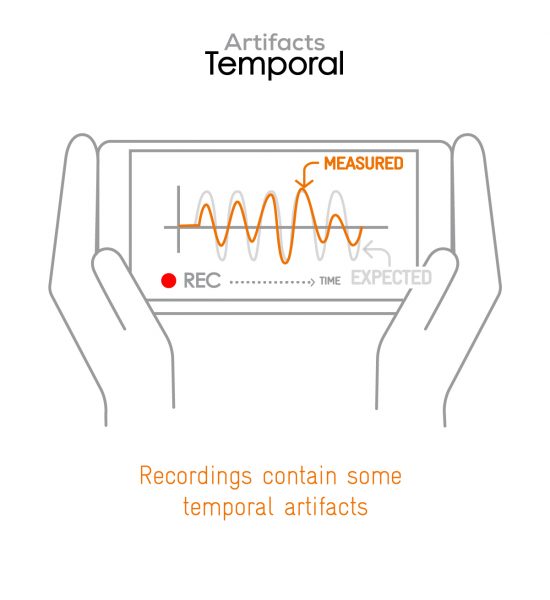
In this audio comparison, you can listen to the way this smartphone handles wind noise relative to its competitors:

Background
Huawei P60 Pro
166
Background evaluates how natural the various sounds around a voice blend into the video recording file. For example, when recording a speech at an event, the background should not interfere with the main voice, yet it should provide some context of the surroundings.

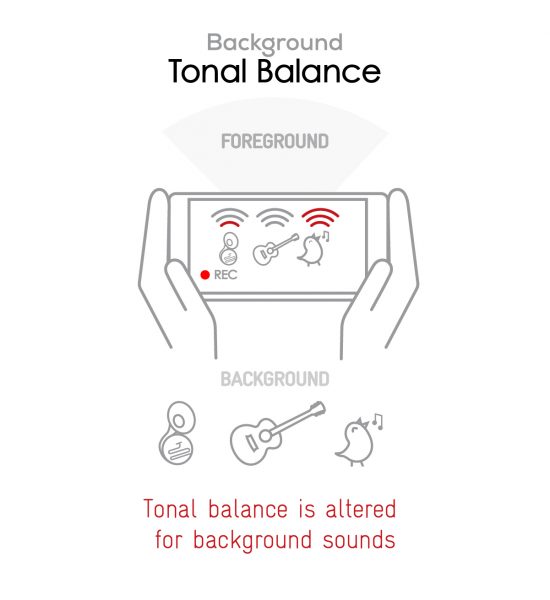


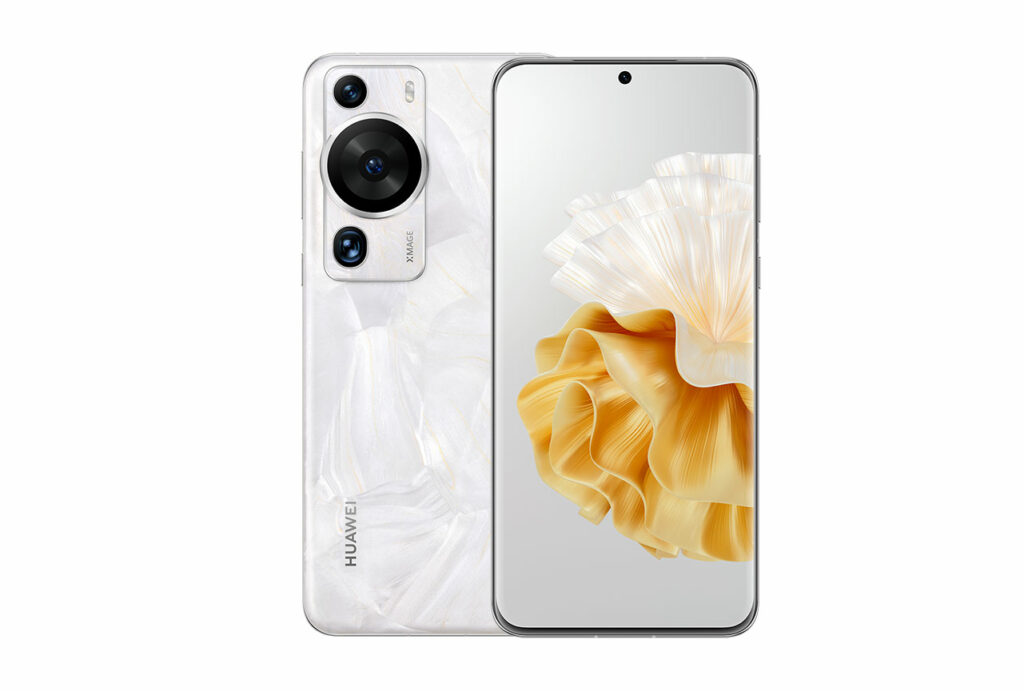

DXOMARK encourages its readers to share comments on the articles. To read or post comments, Disqus cookies are required. Change your Cookies Preferences and read more about our Comment Policy.